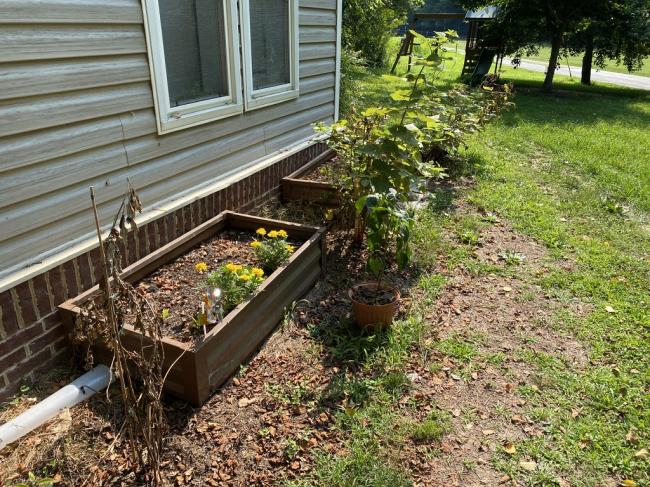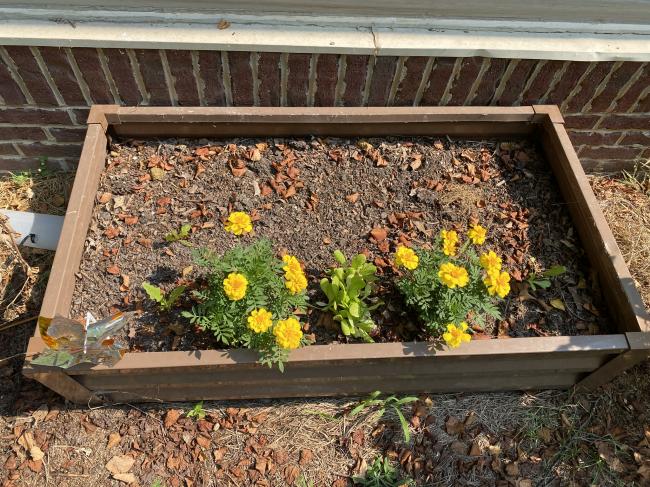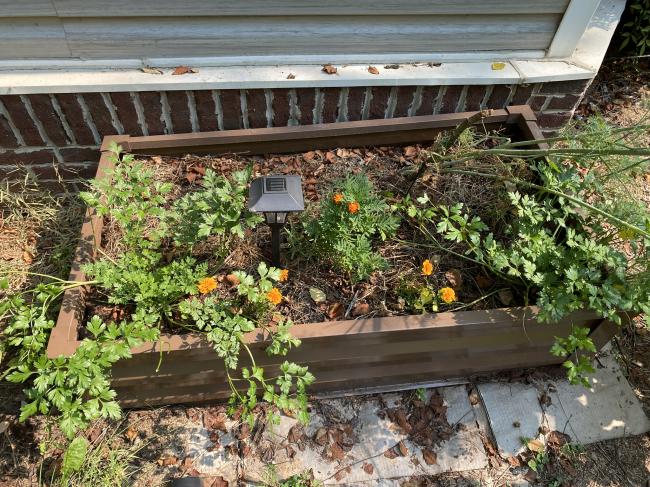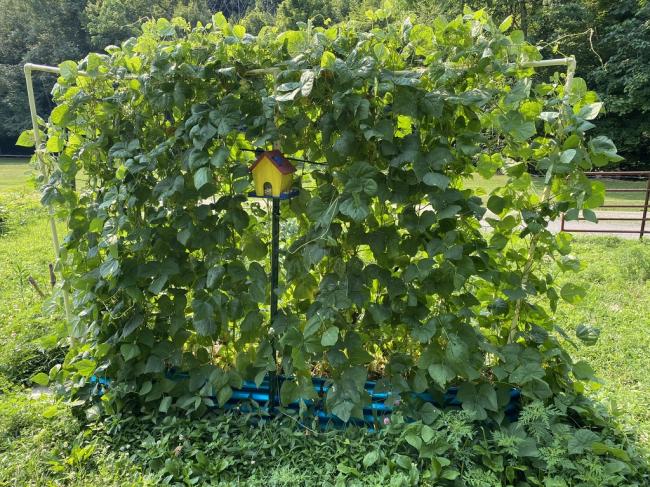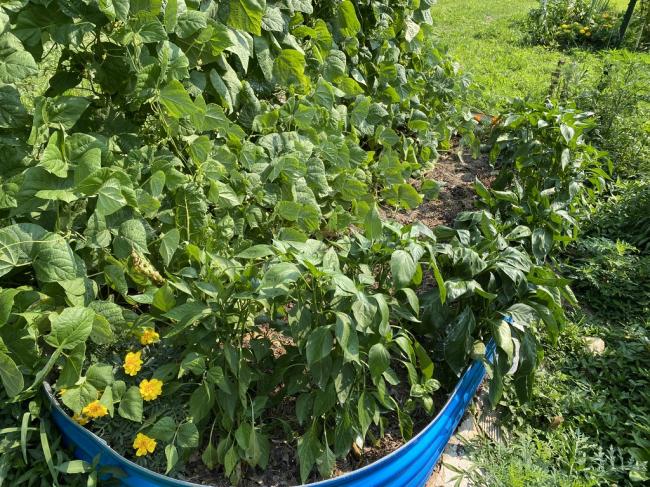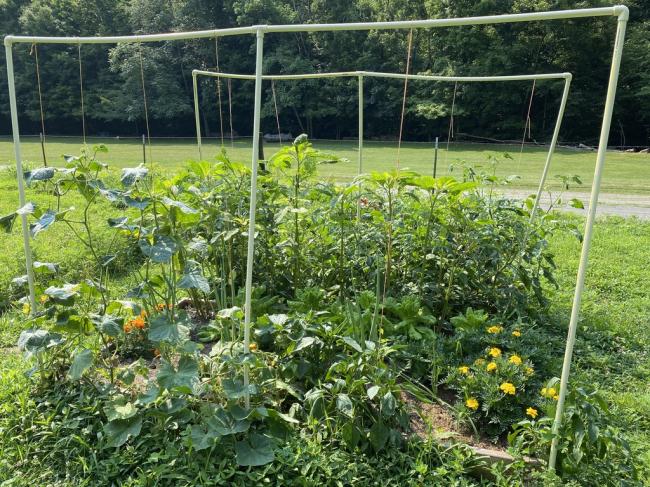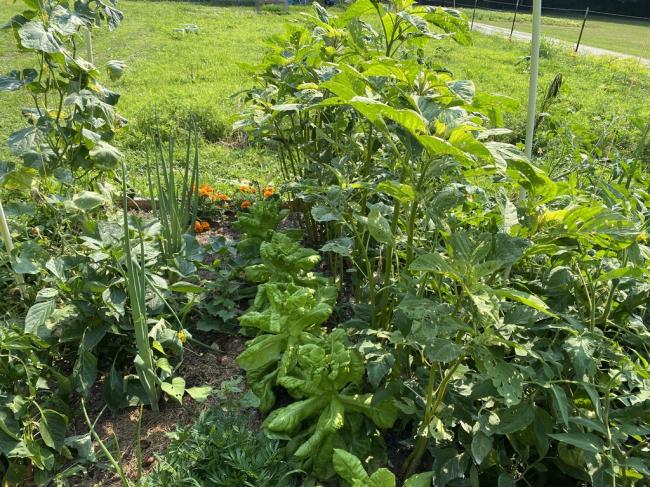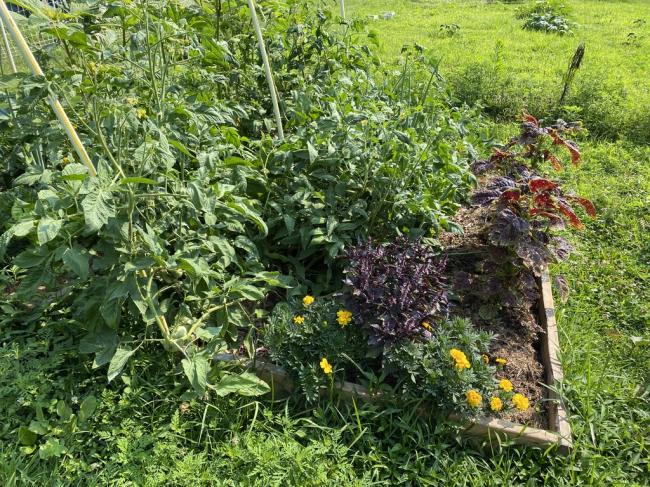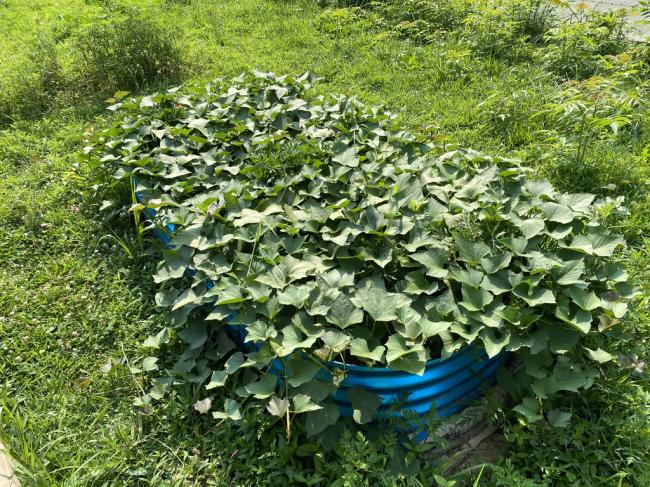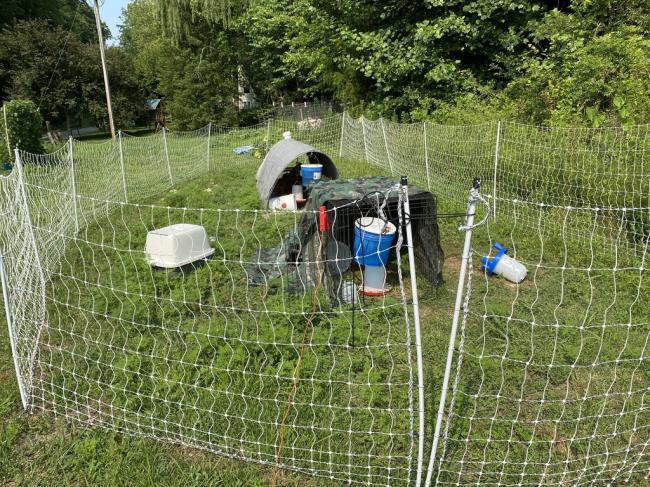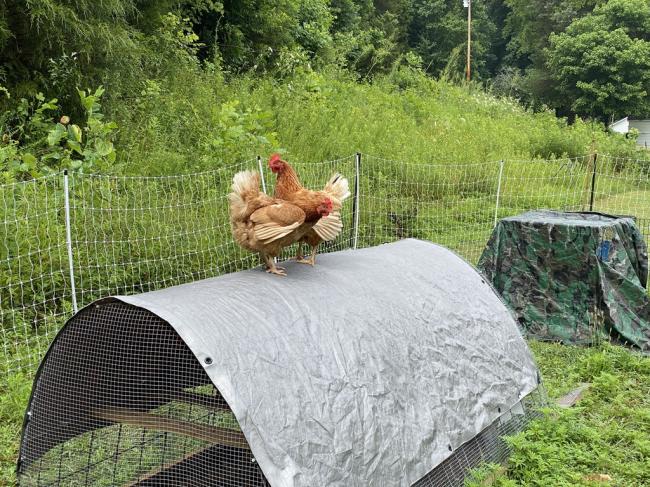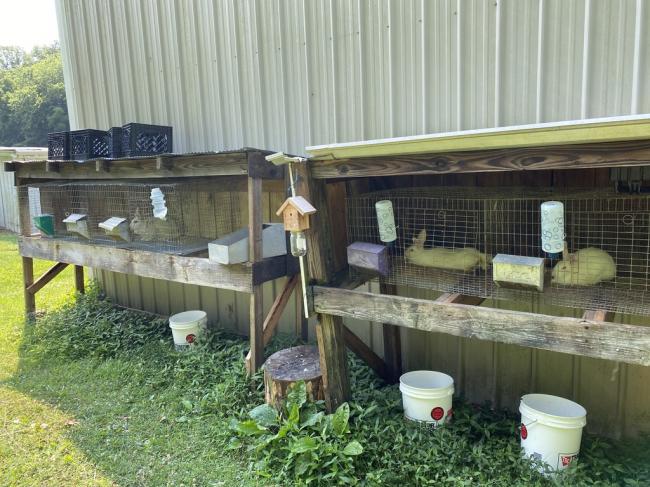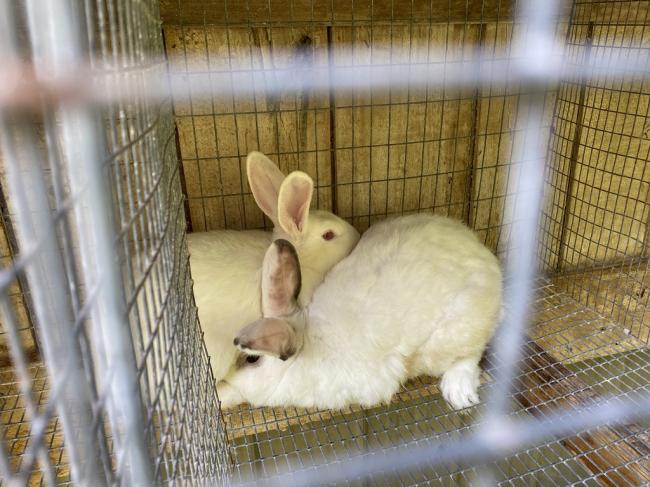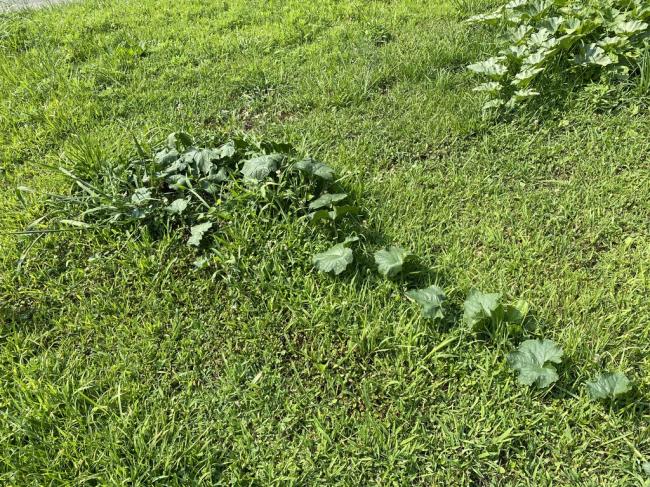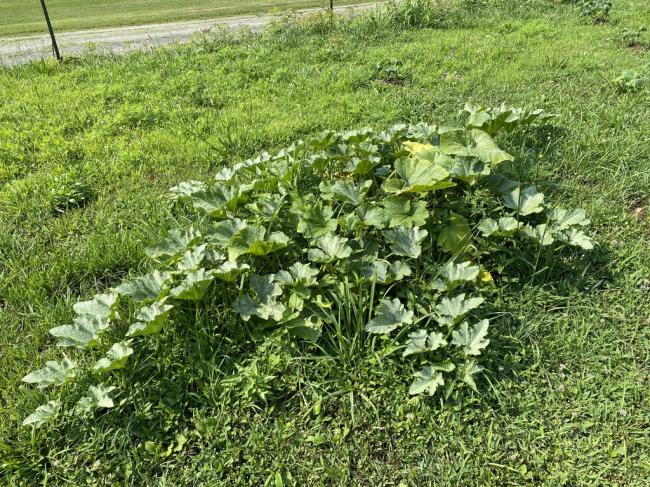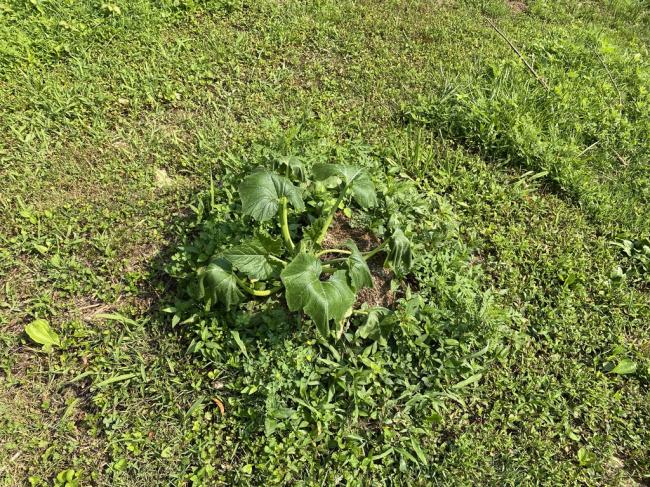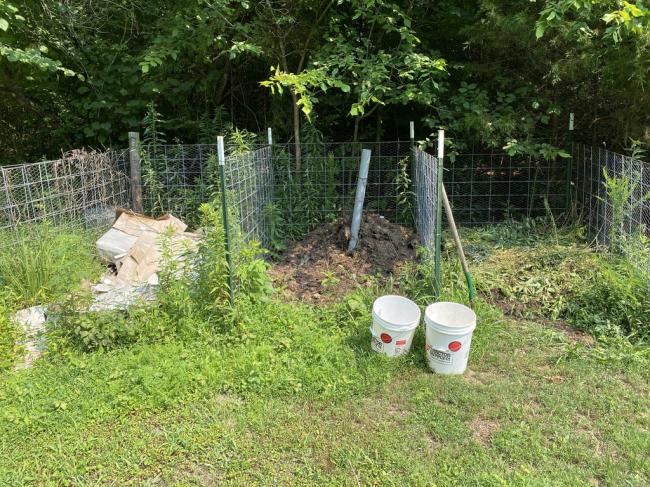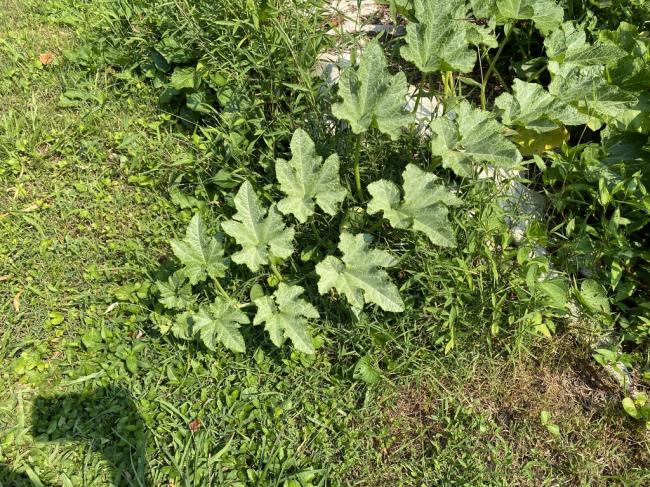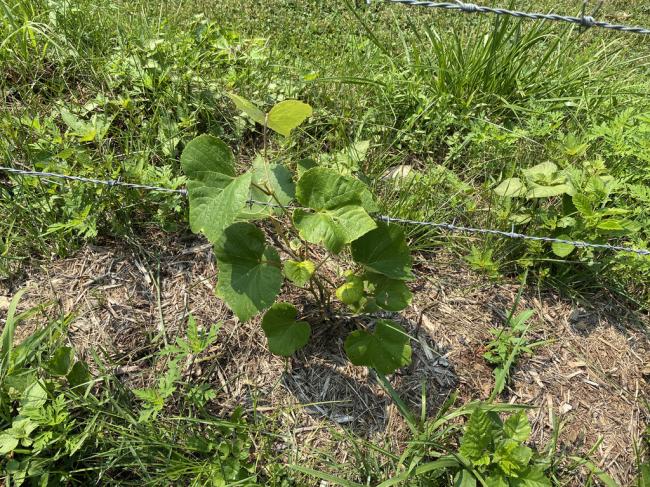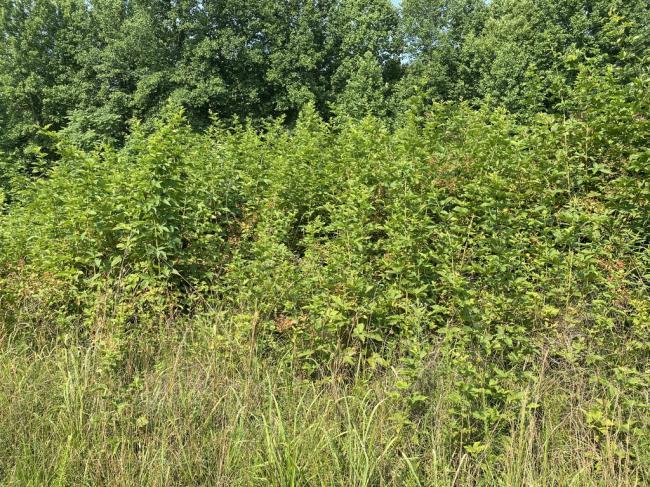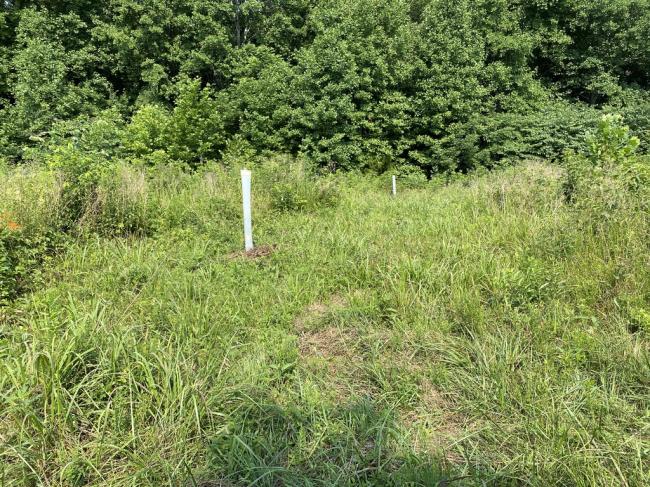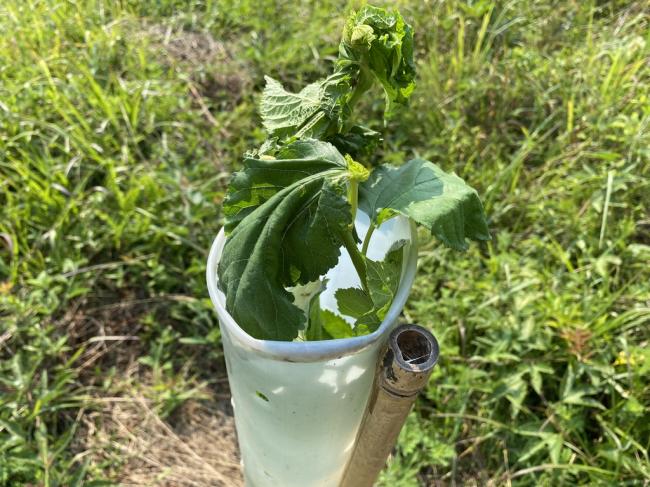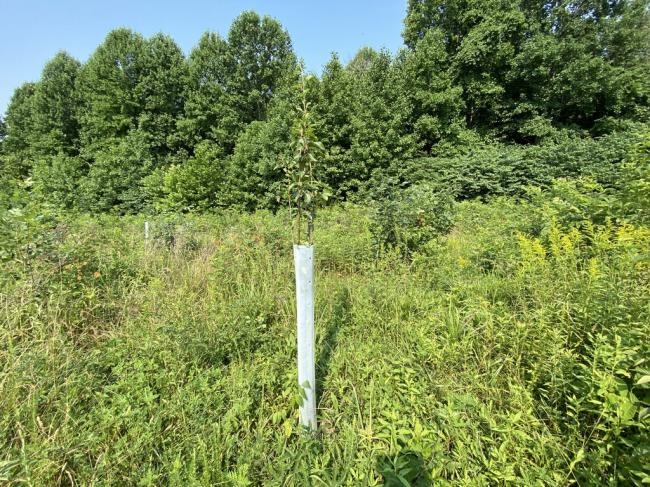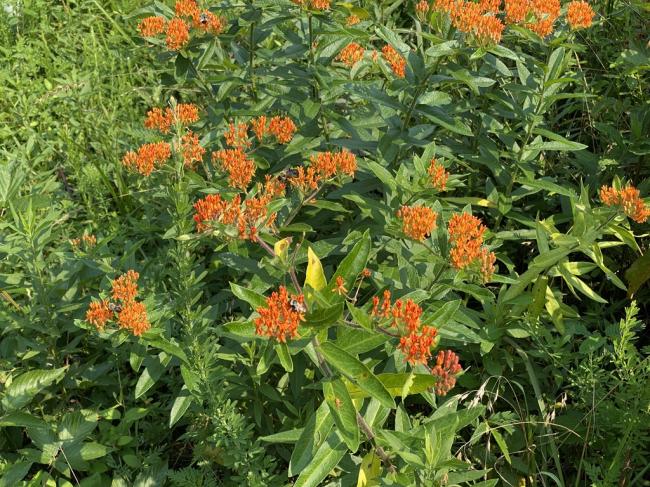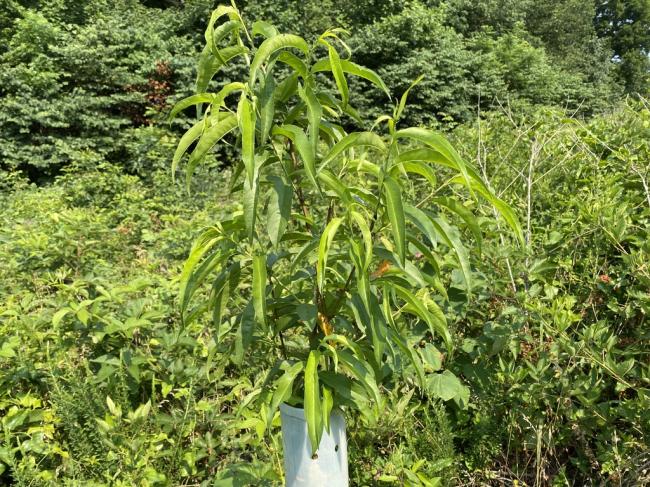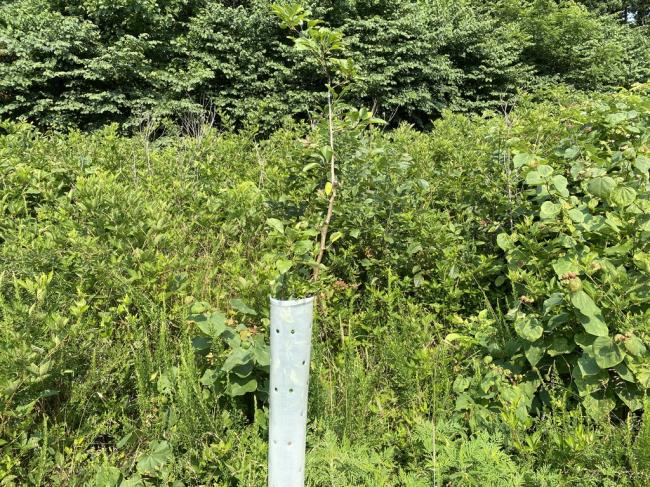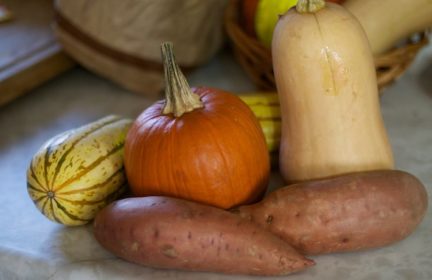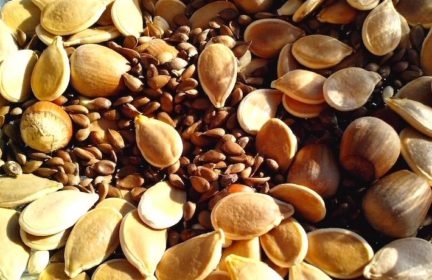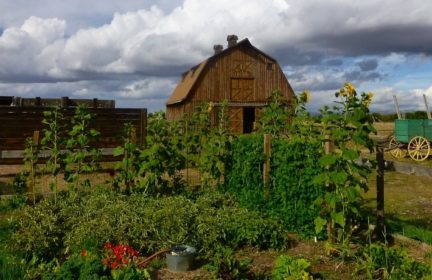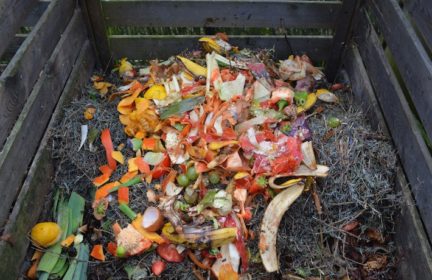Josh’s Farm Update: July 2021
With Redneck offering regular updates from his farm, I thought it was only fitting to update everyone on how my mini-farm is doing. It’s been a rough summer. I spent a couple of weeks away because my wife was in the hospital, but thankfully everything lived. But I haven’t had as much time for maintenance as I would like.
First, the raspberries. Two are doing great. I think one is either dead or dormant because I foolishly ripped out additional shoots thinking they were lookalike weeds. They didn’t have spines like the other raspberry plants. Oops. If it doesn’t come back, I may replace it with a strawberry. Ben Falk recommends planting a variety of perennials next to your house as well as in the field, so you have indicators letting you know when they’re ready to pick.
I have six raised beds. The first two are up against my house. The first bed was supposed to be growing lettuce. I tried the MIGardener technique of sowing thick bands of lettuce to fill the bed. Sadly, that didn’t work well at all, so now I need to replant it with something else. However, my marigolds are doing great.
However, the herb bed with rosemary, parsley, and dill is doing great. The dill has been surprisingly useful for fermenting, so I’ll definitely grow it again. If only I could get it staked properly so it doesn’t fall over. I tried cilantro in this bed, but it just wasn’t having it.
Pole beans are doing well, though they haven’t produced much yet. The PVC trellis has not held up well. I had to support the center with a metal t-post and even then it still falls apart at times. I’ll build something much more substantial (and less plastic) next year. I hung a bird feeder to help with a slight Japanese beetle infestation, but the birds aren’t taking the bait.
On the other side of the beans are a bunch of pepper plants and they’re already giving me some little peppers, which my oldest son will be very excited about. I have some experimental chard that was swallowed by the beans, and some small basil plants in between the peppers.
Cucumbers look terrible and have struggled with disease, but are producing well. The peppers alongside them are producing as well. This bed struggles to stay moist, probably because it is a completely no-till bed. The beds I double-dug or broadforked are doing much better.
On the other side of the cucumbers and peppers are some onions, lettuce, and golden giant amaranth. The amaranth has shaded the lettuce and kept it from bolting. Unfortunately, the last bunch I picked was incredibly bitter, probably due to heat. The rabbits like it though.
This mess of greens is German Pink tomatoes. They’re coming along nicely and I’m just waiting for them to ripen. The purple thing is basil, which I need to trim. The other purple stuff is “chinese spinach,” a type of amaranth. This bed was double-dug and then filled with compost and doesn’t dry out often.
The sweet potatoes seem to be doing great in this bed. A thick layer of grass clippings and a living mulch keeps it continually moist. I stuck a few marigolds in there that have grown above the canopy.
Next up: chickens, rabbits, grapes, and trees.
-
Comments (10)
-
